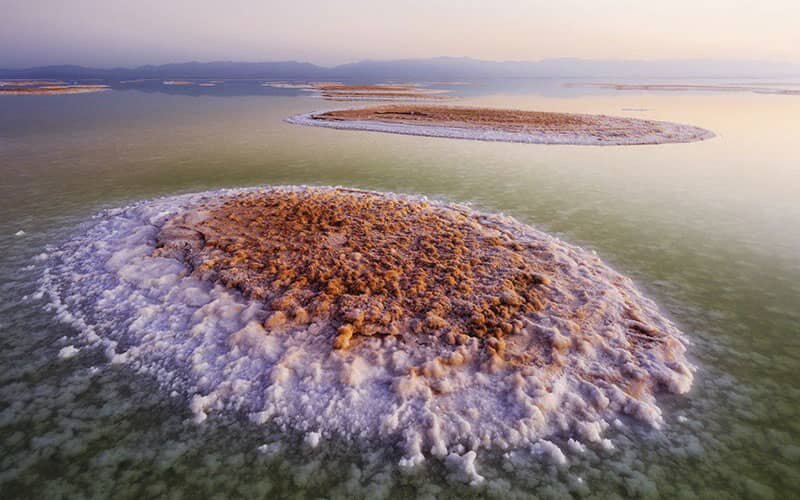Drought reduces water release into Lake Urmia

TEHRAN – A shortage of water caused by drought across West Azarbaijan province reduced Lake Urmia’s water intake by 400 million cubic meters during the last water year (September 2020-September 2021), IRNA reported on Wednesday.
Last water year, it was predicted that 620 million cubic meters of water would be released into the Lake, of which only 222 cubic meters was achieved, Yaser Rahbardin, head of West Azarbaijan Province’s Regional Water Company, said.
Pointing out that West Azarbaijan’s dams are currently filled by only 30 percent, he stated that 50 percent reduction in snow reserves, lack of rainfall, warmer weather along with the arrival of irrigation time for agricultural lands ahead of schedule caused the water release to stop.
Over the past two water years, when 700 million cubic meters were allocated to the Lake. Due to good rainfall and snow storage, 2.4 billion cubic meters of water were provided, he stated.
Lake Urmia shrinks
Lake Urmia level has decreased by about 61 cm compared to last [Iranian calendar] year (March 2020-March 2021), Mehran Nazari, West Azarbaijan province’s department of environment chief, said on October 16.
Lake Urmia declined by 61 cm compared to last [Iranian calendar] year (March 2020-March 2021).In other words, 1423 square kilometers of the Lake’s surface has been reduced, losing 2 billion cubic meters of water, he added.
He went on to say that this environmental problem has increased the risk of salt dust storms in the region, which can have adverse effects on human communities and the lakeshore.
Shared between West Azarbaijan and East Azarbaijan provinces in northwestern Iran, Lake Urmia, was once the largest salt-water lake in West Asia. It was home to many migratory and indigenous animals including flamingos, pelicans, egrets, and ducks, and attracted hundreds of tourists every year who had bathed in the water to take advantage of the therapeutic properties of the lake.
However, decades of long-standing drought spells and elevated hot summer temperatures that speed up evaporation as well as increased water demands in the agriculture sector shrank the lake drastically. In 1999 the volume of water which was at 30 billion cubic meters drastically decreased to half a billion cubic meters in 2013. Moreover, the lake surface area of 5,000 square kilometers in 1997 shrunk to one-tenth of that to 500 square kilometers in 2013.
Lake's surface area reached up to 2,917 square kilometers, indicating 1,582 square kilometers increase in comparison to 2013 when the Lake Urmia Restoration Program began.
The level of Lake Urmia has reached 1,271 meters, which indicates an increase of over 1.39 meters compared to the lowest volume recorded. However, it still needs 9.5 billion cubic meters of water to reach its ecological level.
The above normal levels of rain came to help conservation measures to preserve Lake Urmia, but, this year, the drought and low rainfall are threatening the lake again.
FB/MG
Leave a Comment